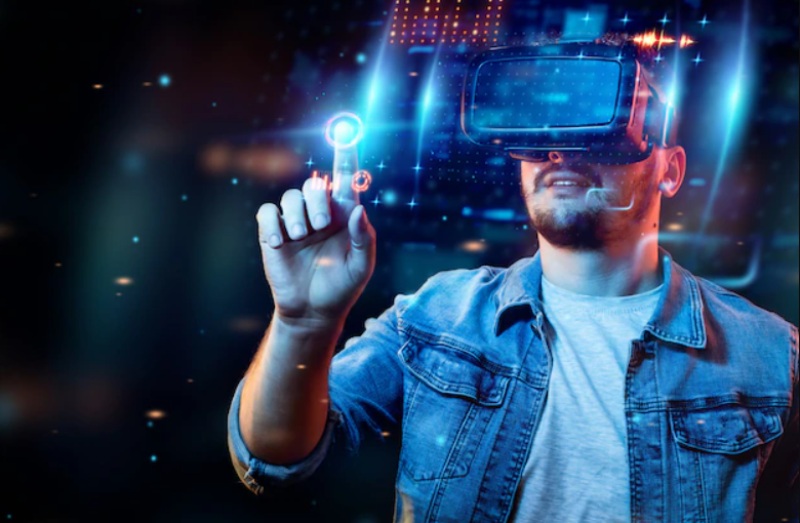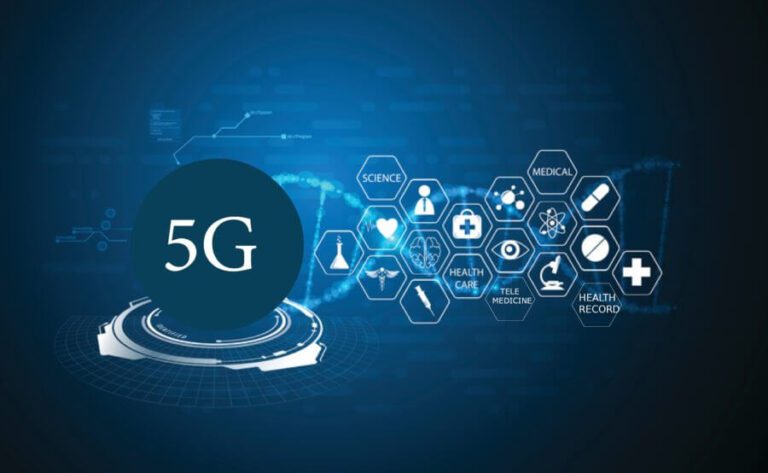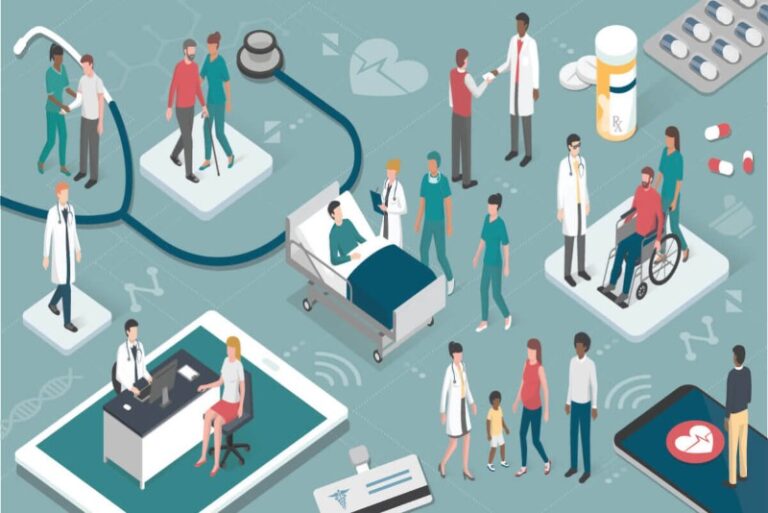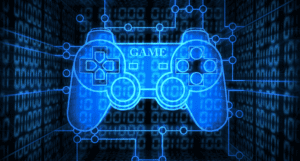How Can 5G Connections Deliver 100 Times Faster Speeds and Monetize
In this age of the internet, customers seek faster, stronger, better accessible, and more innovative data rates. Most users want to view videos on their phones as well as download files and operate a variety of IoT devices. They expect a 5G connection to deliver 100 times faster speeds, ten times greater capacity, and ten times lower latency. The shift to 5G requires considerable expenditures from telecommunications companies (Ahokangas et al., 2019). To provide new income streams and enable better effects and cost-effective processes, BSS should advance in tandem with 5Generation network installations. So get ready to face the difficulties of 5G monetization.
What is 5G Monetization?#
The commercialization of 5G is a hot topic. "Utilising the 5G customer possibility" and "5G, as well as the Business Potential" are two studies that go through the various market prospects. It illustrates that, in the long term, there is still a tremendous new income opportunity for carriers at multiple solution rates, targeted regions, and industrial control. "Taking liberties with 5G commercial patterns" highlights what AR/VR entertainment, Fixed Wireless Access (FWA), and 3D graphics experience might be supplied via B2C, B2B, and B2B2X interaction designs. Network operators should analyse their BSS progression along with their 5G facilities to fulfil the 5G obligations of greater network rate of speed and frequency band, ultra-low latency, fully convinced quality of service, communication, and flexibility. Operators must take the chance or risk missing out on some of these potential applications when they become a reality (Dramitinos, Stamoulis, and Lonsethagen, 2017). 5G monetization is among the capabilities that will allow companies to deliver on their 5G commitments right away. To satisfy 5G use cases and deliver the full potential of 5G, CSPs must upgrade their BSS in parallel with their 5G rollout, or face falling behind in the 5G competition for profitable technology.
Addressing the Development of the BSS Architecture#
To effectively understand the benefits of 5G monetization, network operators must consider the growth of their telecommunication BSS from a range of viewpoints:
5G Convergent Charging System (CCS): These latest 5G Basic specifications define a CCS, which includes a 5G Charging Function (CHF), that enables merged charges and expenditure limitation management in the modern business design. The CHF is triggered by both physical and digital activities and either triggers the OCS (online charging system) for internet grading or generates an uncensored EDR (event data record) for offline grading (Stojanović, Radenković, and Bogdanović, 2021).
Orchestration, Completion, and Guarantee of Service: As more distributed systems and commercial services arise, service synchronization and fulfilment must become more difficult and stringent to guarantee that commodities, bundles, and trials, involving own and third-party items, are discussed, acquired, and engaged as soon as customers demand them.
Exposure: As the 5G network connects new business opportunities and sectors, distributors must ensure that existing BSS features are available to anyone who wants to safely use those via standardized TMF Open APIs. Additional BSS apps, adjacent layers including OSS and Core network, or third parties and collaborators who extend 5G products with their own capabilities might all be consumers of BSS APIs.
Cloud Architecture: The productivity, efficiency, versatility, and robustness required by 5G systems and services necessitate a new software design that considers BSS installations in the cloud, whether private, public, or hybrid.
Network operators are unlikely to entirely alter current BSS in all of these sectors at the very same time. Future 5G earnings won't all be available right away; they'll arrive in waves as various markets and sectors mature. To determine when business development will begin or how this process or path will appear, carriers must consider their unique scenario, success in the market, desired place in the 5G supply chain, and evolutionary competence (Yeh et al., 2020).
The AR Gaming Use Case and Intelligent Operations#
The 5G Core along with BSS and OSS all in place will bring along a potential partner: a cloud gaming provider that intends to promote [AR gaming] to the carrier's subscribers. For such gaming data, companies want a specific network segment with an assured level of service. Each collaborator can demand their network connection and establish their SLAs using distribution platforms in a smart, fully automated network. BSS breaks down this ordering into multiple sub-orders, like the construction and deployment of the particular portion via the OSS, when it receives it. All specified SLAs are simply assigned in the particular portion at the very same time, and verification begins monitoring the defined indications immediately. There is no human interference in any of this.
The operator additionally uses its archive design to describe the service offering that its customers will acquire in addition to being implemented on the partner's particular portion all in one location (Smith and Ugolini, 2021). This promotion is immediately disseminated to all relevant systems, including online charging, CRM, and digital platforms, and may be consumed immediately. It's also accessible to partners via an API, who may combine it with additional perks while offering it to customers. The operators can utilize smart suggestions to target individual customers with the new offer depending on their consumption habits and behavior.


Conclusion for 5G Monetization#
Ultimately, whenever a customer decides to buy a package, they automatically implement it in the network segment, often without touching the system. The partners would be able to monitor the networking health-related level of performance details for every customer instantaneously and will also be ready to obtain immediate decisions or conduct offers based on this data. New platforms can adapt to changes based on factual capacity because of the BSS cloud architecture (Peterson and Sunay, 2020). Every detail relating to transactions, items, network bandwidth, and profitability goals, along with other factors, is given back into circulation and utilized as parameters for networking and inventory development in a confined manner.



